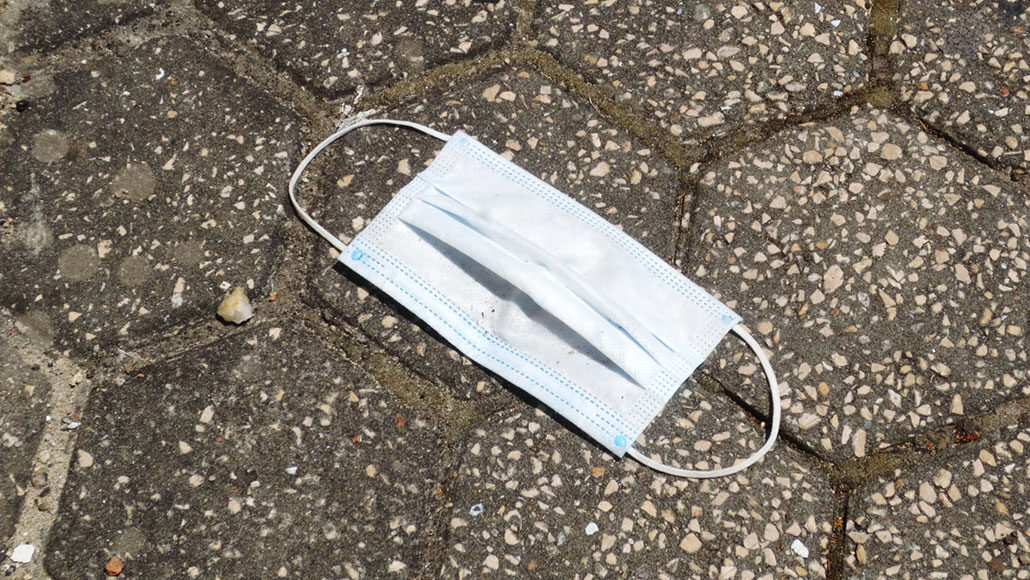Questions for ‘Unmasking the pandemic’s pollution problem’

This surgical mask is just one of the many types of personal protective equipment, or PPE, that has begun turning up as litter since the COVID-19 pandemic hit. Despite appearing to be made of paper, such masks contain some plastic, which will retard their breakdown in the environment.
Joana Prata/Univ. of Aveiro